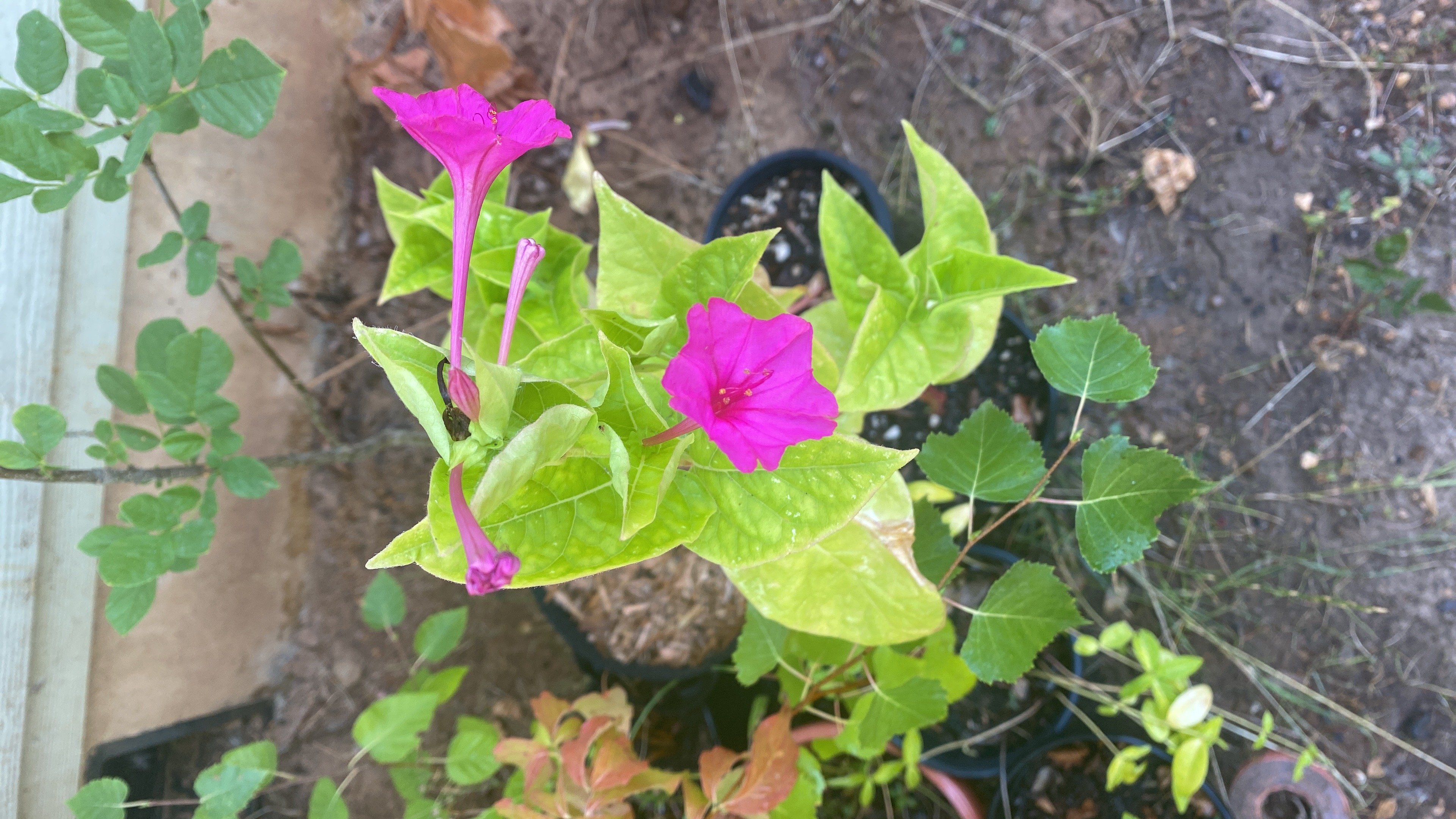The root tubers can spread pretty aggressively to form large clumps and they have fairly smooth seeds, fwiw. I've planted some in a relatively unused portion of my front yard, and am looking forward to using the flowers to make a pH indicator. (something to use when neutralizing vinegar/bone meal solution and similar fertilizers, etc)
Supposedly other parts of the plant are used medicinally in some parts of the world. Worth looking up. Not sure how much faith I have in their efficacy.
PNW Natives
For questions and general discussion of plants native to the Pacific Northwest of the US
Thank you that’s very good to know. I’ll definitely use them around the patio then. The dogs have beaten the clay into borderline concrete there so I’ll dig them a little bed and wish them the best of luck. Luckily the dogs have moved past the “let’s mouth everything phase” and will avoid taste-testing it. Trampling isn’t out of the question though.
A note: these are absolutely NOT considered native to the PNW specifically, but they are native to the SW of the US. With rapidly heating summers and winters that flip-flop between “build an ark” and “slightly moist”, this forum has agreed to follow the general consensus of “native-ish”. This does not mean I will be unleashing these into our wild areas, and they will remain tightly controlled and monitored in my “mostly natives” yard in the immediate vicinity of the house bordered by large inhospitable areas of maintained grass and gravel. Seeds will be monitored for traveling traits like fuzzy or prickly coatings meant to catch the wind or hitch a ride on a passing fauna. Any highly aggressive traits will most likely result in their culling.
